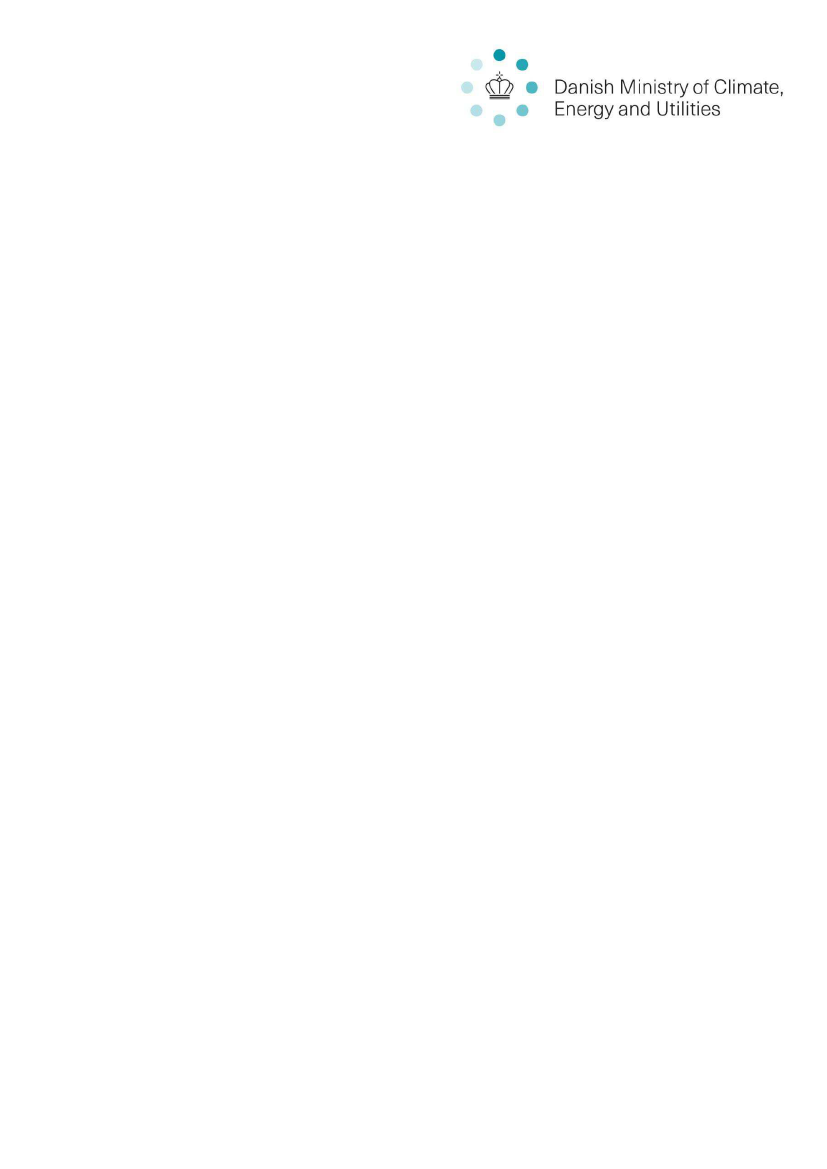
Danish comments to the public consultation for the revision of the Guidelines
on State aid for Environmental protection and Energy 2014-2020
Date
7 January 2021
The Danish Government welcomes the opportunity to comment on the European
Commission’s
public consultation for the revision of the guidelines on State aid for
Environmental protection and Energy.
The Guidelines on State aid for Environmental protection and Energy (EEAG) has
played and will continue to play an important role, not only in relation to the regulation
of the internal market and ensuring fair competition, but also in relation to supporting
the European Union’s
energy and climate targets and objectives.
It is therefore especially important that the upcoming revision of the EEAG and GBER
take into consideration that the European Union as a whole has set a target to reach
climate neutrality by 2050 and has adopted ambitious energy and climate targets for
2030. The European Council agreed as late as in December 2020 to increase
EU’s
climate target for 2030 to at least 55 percent. It is therefore necessary to supplement
the European Green Deal and the upcoming
“fit-for-55-package”,
which will focus on
implementing the new climate target into relevant sector legislation, by a
strengthened, modernized and future proof state aid legislation that can support the
green transition in the Member States and ensure the necessary investments in
renewable energy, including new renewable energy technologies.
The Danish Government would also like to refer to its previous comments from
September 2019 to the revision of the guidelines as part of the fitness check-
exercise.
The current EEAG
The Danish Government is of the opinion that the key principle of the EEAG
concerning aid for energy from renewable sources should be maintained, thus
establishing that aid as a main rule only can be granted
in a competitive bidding
process on the basis of clear, transparent and non-discriminatory criteria, unless certain
explicitly described circumstances are in place, cf. Article 126. Technology-neutral
bidding processes are future proof and key in the green transition of the energy sector.
The existing option to limit a bidding process to specific technologies should only be
maintained as long as an open process, which includes all technologies, would lead to a
suboptimal result.
Cross-border opening of aid schemes
Even though cross-border opening of aid schemes could increase e.g. the
competition and minimize the risk of competitive advantages to firms located in
Member States with greater financial resources, the disadvantages would be even
larger. Not least, the complexity of constructing such aid schemes, the challenges
attached to monitoring, enforcement etc., but also
–
and most importantly
–
the risk
Side 1/6